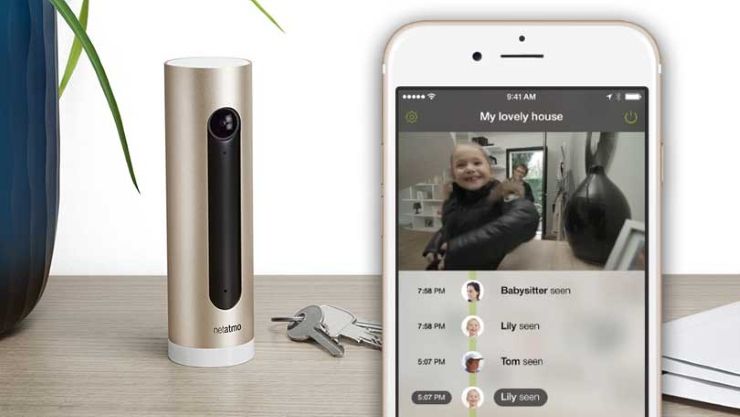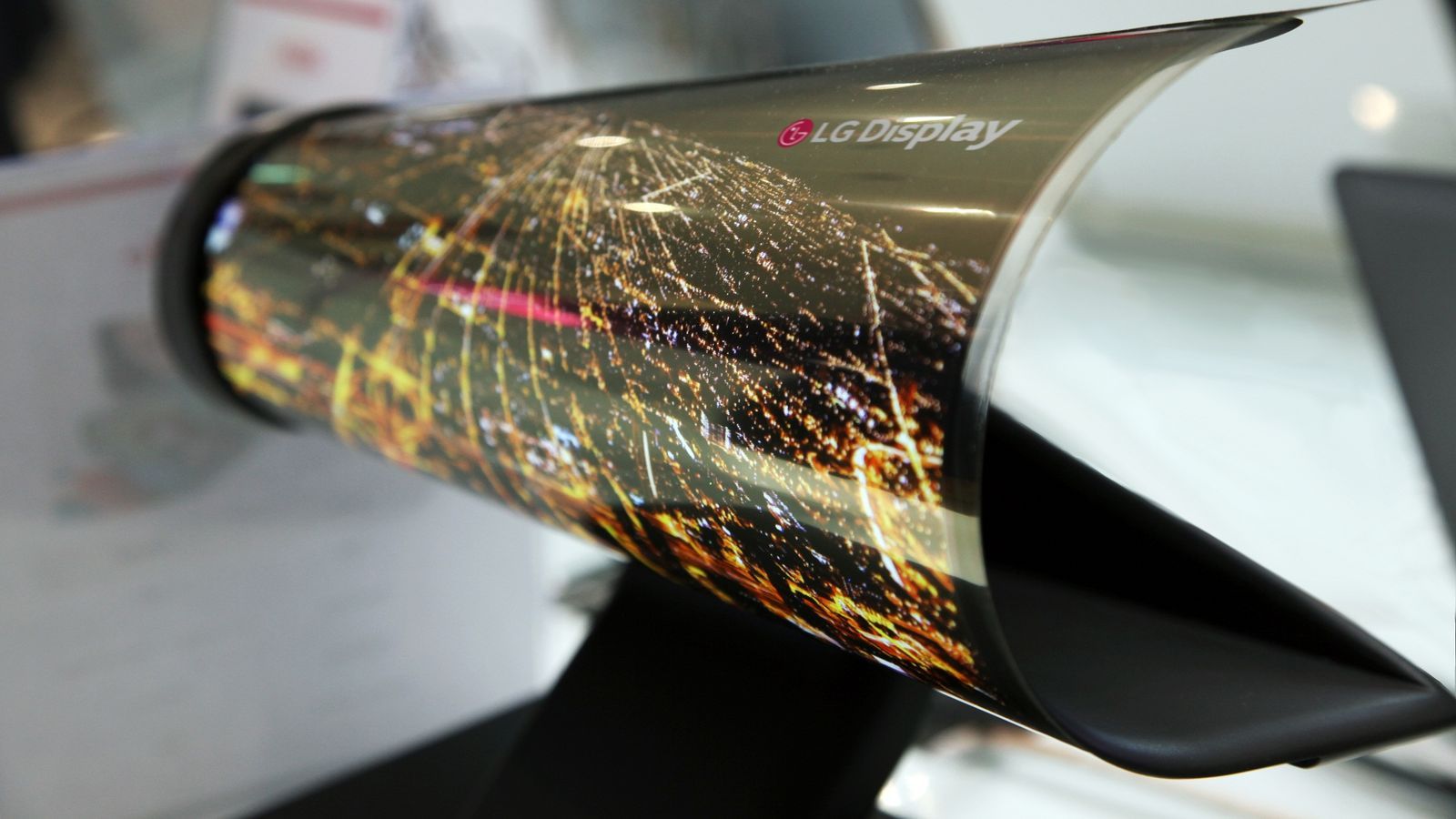Jan 6, 2016
Atlas, an Implantable Shock Absorber for Your Knee
Posted by Roman Mednitzer in categories: biotech/medical, transportation
Moximed, a firm with offices in Hayward, California and Zurich, Switzerland, recently won the European CE Mark to introduce its Atlas Knee System. We just got hold of photos of the Atlas and more information on how it works. The device is a knee joint unloader designed to reduce the pressure applied to the joint and to push off the eventual need for a knee replacement. The device works like the shock absorbers in your car, but instead for the knee. It results in less damage to the cartilage within the knee, letting it last longer than it would naturally without the support of the Atlas.
The company hopes the device will allow patients to maintain an active lifestyle they’re used to while improving satisfaction, reducing repeat surgeries, and lowering pain.
From the announcement:
















